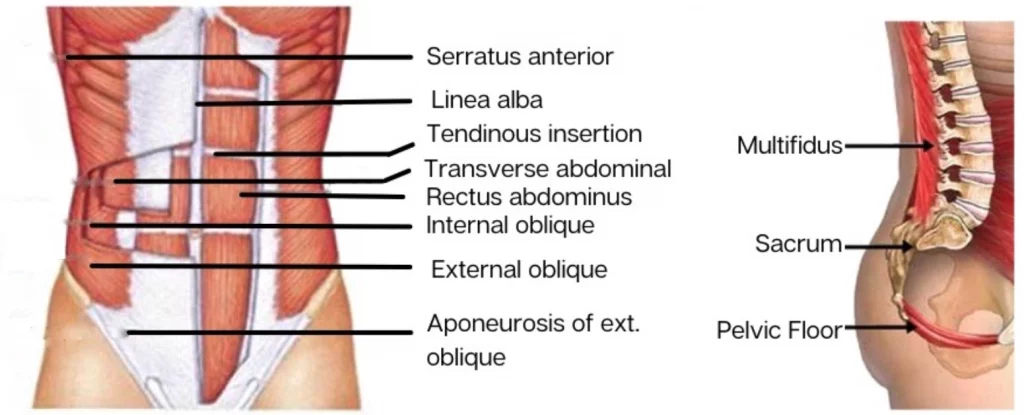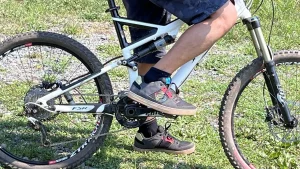What are the Most Common Core Muscle Injuries?

Core muscles play a crucial role in maintaining balance, stability, and overall fitness. Maintaining a strong and stable core is essential for overall health and performance in both everyday activities and athletic pursuits. However, despite our best efforts to keep our core muscles strong and flexible, injuries can still occur. From strains and sprains to hernias and tears, core muscle injuries are not uncommon, particularly among athletes and individuals engaged in physically demanding activities.
Understanding the most common types of core muscle injuries, their causes, symptoms, and treatment options is crucial for effectively managing these injuries and preventing long-term complications.
Table of Contents
What is a Core Muscle Injury?
A core muscle injury, often referred to as a sports hernia or athletic pubalgia, is a condition characterized by damage or strain to the muscles, tendons, or ligaments in the core region of the body. The core muscles include those in the abdomen, lower back, pelvis, and groin area, which work together to stabilize the spine and pelvis during movement.
Core muscle injuries typically involve the muscles of the abdominal wall, such as the rectus abdominis, obliques, and adductor muscles in the groin area. They can also affect the tendons and ligaments that support these muscles.
The injury can result from various causes, including overuse, sudden or forceful movements, muscle imbalances, poor flexibility, and inadequate core strength. Athletes involved in sports that require repetitive twisting, bending, or sudden changes in direction are particularly susceptible to core muscle injuries.

Common symptoms of a core muscle injury include:
- Pain in the lower abdomen, groin, or pelvis, which may worsen with physical activity.
- Pain or discomfort during activities such as bending, twisting, or lifting.
- Tenderness or swelling in the affected area.
- Decreased range of motion or flexibility in the core muscles.
- Weakness or instability in the core region.
Diagnosis of a core muscle injury typically involves a physical examination by a healthcare professional, along with imaging tests such as MRI or ultrasound to assess the extent of the damage.
Treatment for core muscle injuries often involves a combination of rest, physical therapy, anti-inflammatory medications, and targeted exercises to strengthen the core muscles and improve flexibility. In some cases, surgical intervention may be necessary to repair severe tears or hernias.
Overall, proper diagnosis, treatment, and rehabilitation are essential for managing core muscle injuries effectively and preventing long-term complications.
What Are Common Causes of Core Muscle Injury?
Core muscle injuries can result from various factors, primarily related to physical activity and strain on the muscles. Here are some common causes of core muscle injury:
- Overexertion/ Overuse: Pushing your body beyond its limits, especially during high-intensity exercises or sports, can lead to strains and tears in the core muscles. Engaging in repetitive movements or exercises without adequate rest can strain the muscles of the core, leading to injury over time. This is common in athletes who perform repetitive motions, such as runners, weightlifters, or gymnasts.
- Inadequate Warm-up: Failing to properly warm up before engaging in physical activity can increase the risk of muscle injury, as the muscles are not prepared for the demands placed on them.
- Poor Technique: Incorrect form or technique during exercise can place excessive stress on the core muscles, leading to injury. Maintaining poor posture for extended periods can put excessive strain on the muscles of the core, leading to muscle imbalances and increased risk of injury. This is common in individuals who sit for prolonged periods or have jobs that require repetitive motions. It’s essential to learn proper workout form and technique from a qualified instructor to reduce the risk of injury.
- Muscle Imbalances: Muscle imbalances occur when certain muscles in the core are stronger or weaker than others. This can create imbalances that make injury more likely, and can lead to compensatory movements and increased strain on certain muscles, increasing the risk of injury.
- Weak Core Muscles: Weakness in the muscles of the core can increase the risk of injury during physical activity or everyday movements. Weak core muscles can result from a sedentary lifestyle, lack of exercise, or muscle imbalances.
- Repetitive Motions: Performing the same movement or exercise repetitively, particularly with poor form or without adequate rest, can result in overuse injuries.
- Previous Injuries: Individuals with a history of core muscle injuries may be more susceptible to re-injury or compensatory injuries due to muscle weakness or altered movement patterns. A history of core muscle injury can increase the risk of re-injury if proper rehabilitation and preventive measures are not taken.
- Sudden or Forceful Movements: Quick and forceful movements, such as twisting, bending, or lifting heavy objects, can strain the muscles of the core, leading to injury. This can occur during sports activities, manual labor, or even everyday activities if proper form is not maintained.
- Poor Flexibility: Limited flexibility in the muscles of the core can increase the risk of injury during physical activity by restricting the range of motion and putting additional strain on the muscles.
- Age: As individuals age, the muscles of the core may weaken and lose flexibility, increasing the risk of injury during physical activity or everyday movements.
By addressing these common causes and incorporating preventive measures such as proper warm-up, stretching, strengthening exercises, and maintaining good posture, individuals can reduce their risk of core muscle injury.
What Type of Exercise is Most Associated with Core Muscle Injuries?
- Weightlifting: Exercises such as deadlifts, squats, and overhead presses can place a tremendous amount of stress on the core muscles if performed with poor form or excessive weight.
- Contact Sports: Sports like football, rugby, and hockey often involve high-impact collisions and abrupt changes in direction, which can lead to core muscle injuries.
- Football: Football players frequently engage in rapid changes in direction, tackling, and blocking, which can put considerable stress on the core muscles and increase the risk of injury.
- Hockey: Hockey players are prone to core muscle injuries due to the combination of high-speed skating, sudden stops, and physical contact with opponents.
- Basketball: Basketball players often perform quick pivots, jumps, and lateral movements, which can strain the core muscles and lead to injury, especially during high-intensity games or practices.
- Tennis: Tennis players may experience core muscle injuries due to the repetitive twisting and rotational movements involved in serving, hitting forehands and backhands, and moving laterally on the court.
- Mixed Martial Arts (MMA) and Boxing: Fighters in combat sports are at risk of core muscle injuries due to the dynamic nature of their movements, including punching, kicking, grappling, and sudden changes in direction.
- Soccer: Soccer players perform repetitive kicking, running, and twisting motions during matches and training, making them susceptible to core muscle injuries, particularly in the groin area.
- High-Intensity Interval Training (HIIT): HIIT workouts are known for their intense, fast-paced nature, which can increase the risk of injury if proper form and technique are not maintained.
- CrossFit: CrossFit workouts often incorporate a variety of functional movements, including Olympic lifts, plyometrics, and bodyweight exercises, which can place significant stress on the core muscles if performed with improper form or excessive intensity.
- Gymnastics: Gymnasts often perform high-intensity movements that require significant core strength and stability, increasing the risk of overuse injuries or sudden strains.
- Plyometrics: Exercises that involve explosive movements, such as jump squats or box jumps, can lead to core muscle injuries if not performed correctly.
While these activities carry a higher risk of core muscle injuries, it’s important to note that proper technique, adequate warm-up, and gradual progression in training intensity can help reduce the risk of injury. Additionally, incorporating exercises specifically targeting core strength and stability into a well-rounded fitness routine can help prevent and mitigate core muscle injuries.
How Long is the Recovery for Core Muscle Injuries?
The recovery time for core muscle injuries can vary depending on the severity of the injury, the individual’s overall health, adherence to treatment protocols, and other factors. In general, mild to moderate core muscle injuries may take several weeks to a few months to heal, while more severe injuries or cases requiring surgical intervention may necessitate a longer recovery period. Here’s a rough timeline:
- Acute Phase (1-2 weeks): During the acute phase immediately following the injury, rest, ice, compression, and elevation (RICE) are typically recommended to reduce pain, inflammation, and swelling. Depending on the severity of the injury, temporary immobilization with a brace or support garment may be necessary to facilitate healing and prevent further damage.
- Rehabilitation Phase (2-6 weeks): Once the acute symptoms subside, rehabilitation exercises focused on gradually restoring strength, flexibility, and function to the affected muscles and surrounding areas are initiated. Physical therapy sessions may include gentle stretching, low-impact exercises, core stabilization exercises, and manual therapy techniques to improve tissue healing and reduce the risk of re-injury.
- Return to Activity Phase (4-12 weeks): As the individual progresses through rehabilitation and gains strength and flexibility in the core muscles, they may gradually resume low-impact activities and sports-specific drills under the guidance of a healthcare professional or physical therapist. It’s crucial to progress gradually and avoid overexertion to prevent setbacks or re-injury during this phase.
- Full Recovery (6 weeks to several months): Achieving full recovery from a core muscle injury may take anywhere from six weeks to several months, depending on the individual’s response to treatment, adherence to rehabilitation protocols, and the nature of the injury. It’s essential to continue with maintenance exercises, proper warm-up, and injury prevention strategies even after returning to normal activities to reduce the risk of recurrence.
- Surgical Recovery (varies): In cases where conservative treatments are ineffective or the injury is severe, surgical intervention may be necessary to repair the damaged muscles, tendons, or ligaments. The recovery time following surgery can vary widely depending on the extent of the procedure, but it typically involves a more extended period of immobilization, followed by gradual rehabilitation and a phased return to activity.
It’s important for individuals recovering from a core muscle injury to follow their healthcare provider’s recommendations, including attending scheduled appointments, adhering to prescribed exercises and activity modifications, and communicating any concerns or changes in symptoms during the recovery process. Listen to your body and avoid rushing the recovery process, as reinjury or chronic issues can occur if the muscles are not allowed to heal properly. Maintaining good overall health, including proper nutrition, hydration, and adequate rest, can support the body’s healing process and optimize recovery outcomes.
A Strong Core to Power Your Lifts
Happy Lifting!
I hope you found this informative. Check out my other posts such as managing shoulder injuries and soleus muscle pain. You can also refer to posts addressing cycling injuries such as Cyclist’s Knee and Achilles Tendonitis. We also recorded a related podcast on injuries and prevention.




